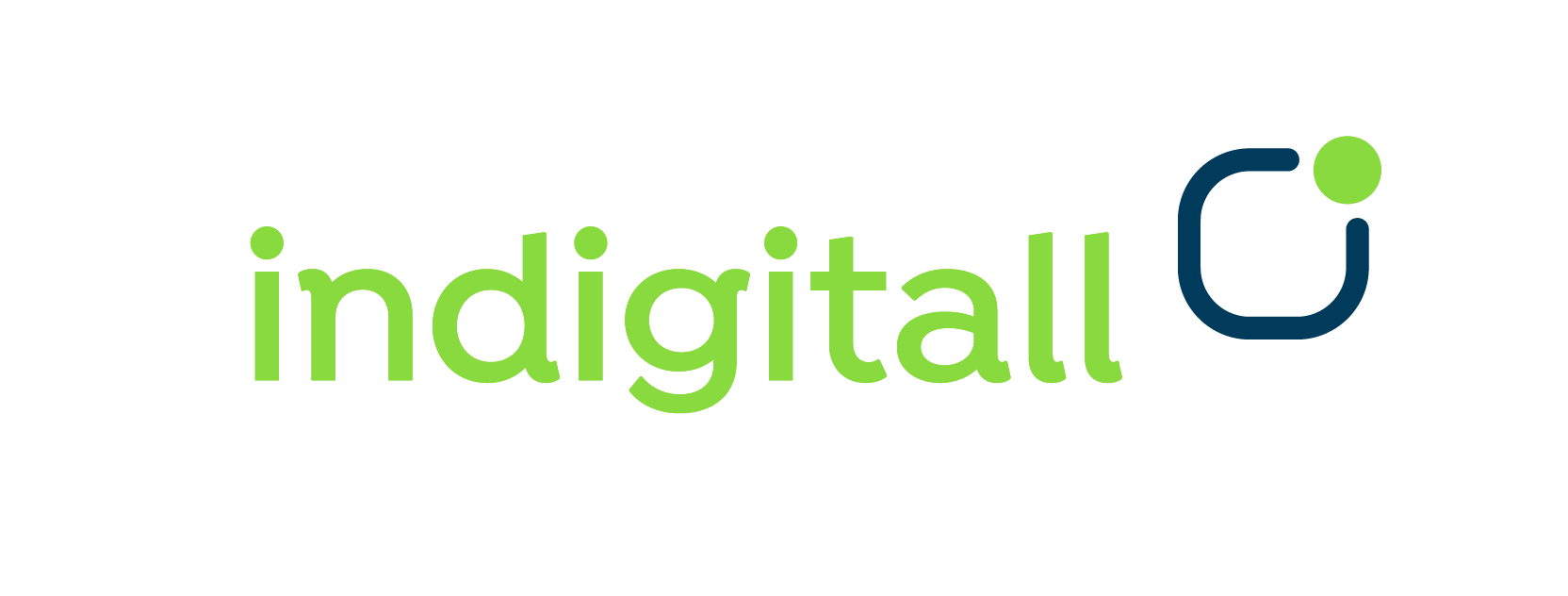
Google Policy Changes: Oh, How the Cookie Crumbles
Overview
I’m sure you’ve seen the next upcoming third-party cookie policy changes on Google Chrome, but I think it’s worth reflecting:
Google in its efforts to improve privacy plans started disabling third-party cookies for a small percentage (1%) of Chrome users from the first quarter of 2024. On January 4, they began testing “Tracking Protection”, a new feature that limits cross-site tracking by restricting website access to third-party cookies by default.
The company then intends to gradually increase the number of users affected by this change, aiming to reach 100% of Chrome users by the third quarter of 2024.
This change is more than just a privacy upgrade; it’s a wake-up call for digital marketers everywhere.
Why is a ‘cookie’ a cookie, and why does it matter?
The term “cookie” in digital technology, derived from “magic cookie” (like a fortune cookie with an embedded message) in computing. It was first implemented in 1994 by Lou Montulli at Netscape to maintain server state, such as remembering items in a shopping cart.
As e-commerce and online advertising began to grow, cookies became an essential tool not just for shopping cart contents, but also for tracking user preferences, and login information.
Initially, cookies were mainly used by the sites users directly visited (first-party cookies). Over time, advertisers and analytics companies started using their own cookies (third-party cookies) to track user behavior across multiple sites for targeted advertising and data collection.
With the increasing use of third-party cookies for extensive tracking, privacy concerns grew. This led to regulatory actions such as the European Union’s ePrivacy Directive (2002) and the General Data Protection Regulation (GDPR) in 2018, imposing stricter rules on cookie usage and requiring user consent.
Growing awareness of privacy issues led browsers like Safari and Firefox to start blocking third-party cookies by default in the early 2020s.
Google’s decision to phase out third-party cookies in Chrome (originally planned for 2022, then postponed) marks a significant shift, given Chrome’s large market share. This move is part of a broader industry trend towards greater privacy and user control over personal data.
In digital marketing, cookies have been pivotal for user tracking and personalization by storing user browsing data, enabling personalized content and ads. They have also been key in ad targeting through third-party cookies that track users across sites, and analytics helping analyze user behavior on websites, aiding in optimization.
The Shift to First-Party Data
With third-party cookies getting the boot, it’s time to cozy up with first-party data. It’s all about cultivating direct relationships with your audience. Think of it as switching from being a cookie thief (I see you Cookie Monster) to a cookie baker. You’re now in charge of your own delicious data treats.
Consider the case of a retail brand that relied heavily on third-party cookies for targeting ads. With Google’s policy change, they must pivot to strategies like email marketing campaigns and loyalty programs to gather first-party data. This shift could mean an initial drop in ad efficiency, but long-term gains in customer loyalty and trust.
Digital media and publishing, heavily reliant on advertising revenues, might face challenges, potentially spurring a move towards subscription models and paywalls. The travel and hospitality industry, which uses cookies to tailor customer experiences, may need to focus more on direct engagement and localized marketing to understand and meet customer preferences. The financial services sector will have to balance customer personalization with heightened data security.
Regardless of your industry, the worst possible thing to do is to go the way of the ostrich, burying your head in the sand, and doing nothing.
Third-Party Data (Someone Else’s Garden)
In the digital marketing world, third-party cookies are like using someone else’s garden. You don’t own the garden, but you can gather fruits (data) from it. You benefit from the data, but you don’t have direct control over the garden or the data collection process. In today’s GDPR & CCPA (California Consumer Privacy Act) world, this is problematic, to say the least.
First-Party Data (Growing Your Own Garden)
We’ve come full circle, a nostalgia tour of sorts, and returned to the source. Shifting focus to first-party data means collecting information directly from your own interactions with users. This is akin to growing your own garden. You plant the seeds (engage with customers directly), nurture the plants (build a relationship and gather data through your own channels), and eventually harvest the fruits (gain valuable insights from the data). This approach gives you complete control and ownership of the data collection process, just like managing your own garden.
So as the cookies crumble, grab your gardening gloves and start planting data seeds. After all, a good gardener knows that the best cookies are the ones you bake with your own ingredients.
Need help gardening (or eating cookies)? Come talk to Indigitall. Our modular platform empowers digital marketers with AI-assisted, omni-channel messaging and analytics, streamlining the collection and utilization of first-party customer data for personalized marketing campaigns.
We’ve got you covered, diets be damned.




